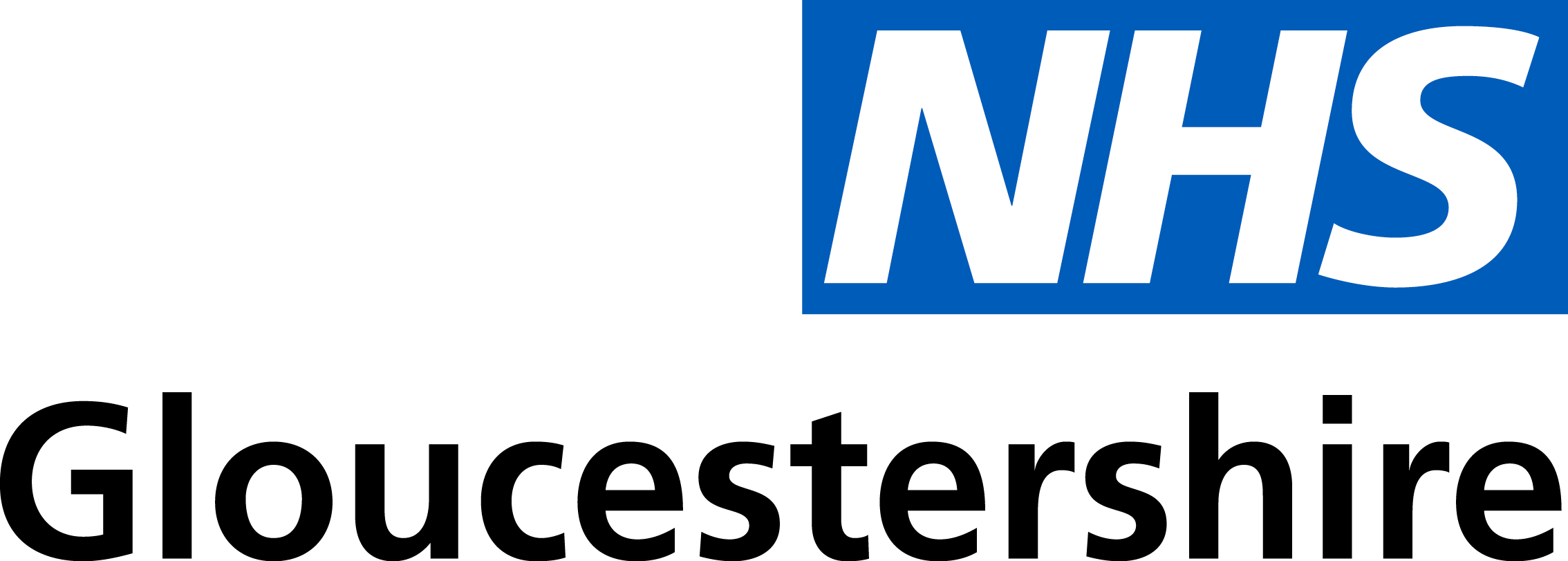The COVID-19 pandemic saw a rapid increase in the number of patients being discharged from Intensive Care and the need to provide ongoing treatment and support soon became a priority. In Gloucestershire, a Post Intensive Care, Multidisciplinary Team (MDT) and Community Follow Up Clinic was developed to help some of the most seriously ill patients. Dr Warren Doherty, Intensive Care Unit (ICU) Consultant at Gloucestershire Hospitals NHS Foundation Trust explains how a ground-breaking recovery model is giving patients the best chance of regaining their normal lives.
Being in an Intensive Care Unit (ICU) is a life-changing experience for many people and can have profound physical, mental and social consequences.
After they are sent home from hospital, patients and their families can struggle on for many years with Post Intensive Care Syndrome (PICS), the term used to describe a raft of troubling symptoms.
Around 1,500 people pass through ICU in Gloucestershire every year, 200-300 of whom are severely unwell.
The impact of critical illness
Warren explained:
“Any adult in ICU who stays for four days or more is at risk of PICS.
“After being in ICU, some people can experience issues like fatigue, loss of appetite, weakness, sleep problems, blood pressure issues, depression, problems with muscle function, post-traumatic stress disorder (PTSD) and problems with mental abilities, like being forgetful or not thinking clearly.
“They may experience continued improvement for up to 18 months and not much after that,” he added.
“Financial issues and inability to work can also have a huge impact and can cause carers to struggle.”
As well as the physical issues and making sure they are on the right drugs at home, it’s vital that patients get help to look after their welfare to prevent ‘soft issues’ from mounting up.
“If soft issues line up a person can end up in hospital again,” said Warren.
Falling through the gaps
Previously, there was very little post ICU support in Gloucestershire.
“We had no follow up clinic although some of the ICU staff did voluntarily run a support group at a church hall or similar on a bimonthly basis,” added Warren.
“But before the clinics, patients had no clear way forward to help them with the fall-out from critical illness.
“Sometimes people were sent to several different specialities which isn’t ‘joined up care’.”
The new service
The aim of the new service is to provide multidisciplinary team (MDT) rehabilitation clinics for patients who have been identified as high risk.
What’s unique about the clinic model is that it provides a ‘one-stop-shop’ for patients who have been very sick, under one roof.
Providing a direct link into social prescribing means patients and their families can get emotional as well as physical help.
Warren explained:
“It can be difficult to identify how unwell these patients are when they are seen in primary care, so clinics were set up to bridge that gap in provision where people weren’t able to access a broad range of help that was needed.
“Now if someone needs psychological support, a psychologist will see them, perform an initial assessment, initiate treatment and if ongoing treatment is required refer to Let’s Talk which is a great example of joined up care,” said Warren.
Social prescribers are helping people to claim carers’ allowance and generally helping them tidy up their financial affairs.
Hannah Gorf, Commissioning Development Manager: Social Prescribing and Creative Health at NHS Gloucestershire said:
“With social prescribers on site, they can start to build relationships with people that day and then follow up with the person shortly after.
“This allows a personalised care approach, really understanding what matters to the person to aid their recovery and make changes sustainable, connecting people back into their community and accessing appropriate support quickly.”
Carousel Clinics
Warren compares the way the clinics run to a parents’ evening at school. The technical term for this style is ‘interprofessional carousel’.
“Patients and their families and carers go around different stations and spend time there depending on what their needs are,” added Warren.
“There are not many other places in the country doing this, we are trailblazing in the sense that we are the only system with social prescribing involved.
“Other places have hospital teams seeing patients but I had worked with the Healthy Lifestyles Team before COVID and knew of other groups like the social prescribers.
“Getting these groups involved is key to taking a holistic approach.
“This innovative approach means we are guiding patients through from the Intensive Care Team to the community and Social Prescribing Team who can then provide further support which also includes guidance and help for carers in the community,” explained Warren.
“As well as the community team we have a comprehensive clinical team to provide answers and help in response to many of the issues patients have, and the complications of critical illness that many patients are still struggling with.
“We have senior nurses who will discuss delirium, memory and sleep issues, a psychologist and pharmacists who are able to give advice, change or stop medication and deescalate at the clinics, so all the help is under one roof and accessed in one visit.”
Improving the patient journey
The monthly MDT clinics started after the first wave of COVID-19 and the initial set up was for four clinics per year.
The aim is to explain to patients where they are on their journey.
“Their experience can be very frightening and our aim is to put things into perspective,” said Warren.
“They might be having hallucinations but bringing them and their families in and explaining this is normal can help them reintegrate into society and move forward with their lives.”
Gina Mann, Service Improvement Manager at NHS Gloucestershire said: “Research shows that early multi-disciplinary rehabilitation following major illness or injury is both effective and efficient.
“The model received national recognition winning the Patient-Centred Care Award from the Intensive Care Society which was a big affirmation that we are on the right tracks with the approach we are taking.”

